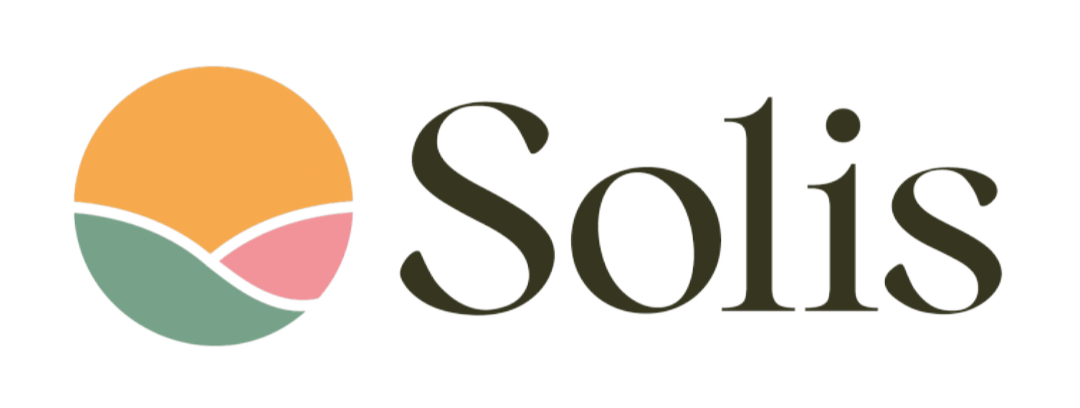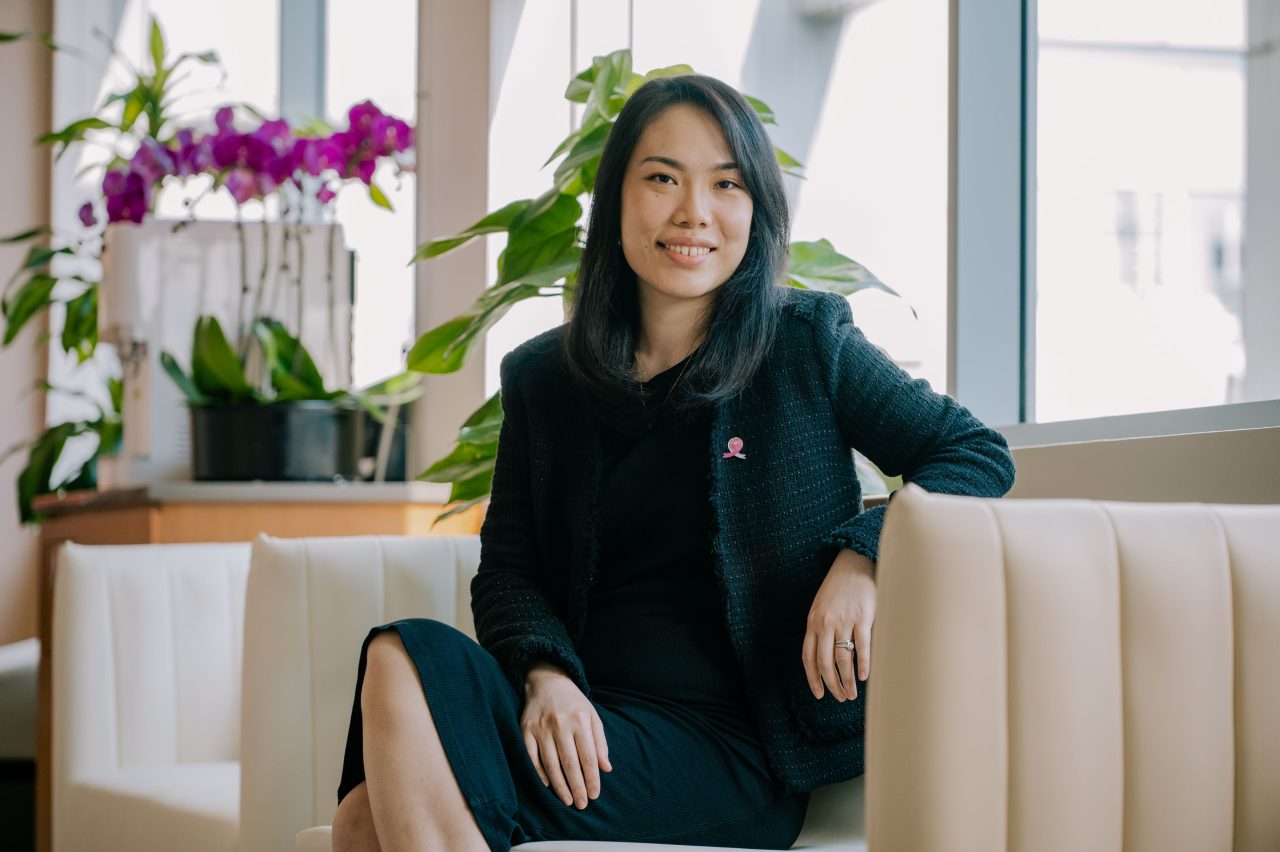Image reference: Dr Sonia Lee
Get up-close and personal with Dr Sonia Lee, our Consultant Radiologist at Luma Women’s Imaging Centre, as she shares with us her work philosophy as well as personal anecdotes.
Previously involved in multidisciplinary care of breast cancer patients, Dr Sonia Lee is well-versed in interpreting all breast imaging studies and experienced in performing ultrasound-guided, stereotactic-guided and MRI-guided breast biopsies and localisations, earning praise for her attentiveness and professionalism.
Prior to joining Luma, Dr Lee was a Consultant Radiologist and Clinical Assistant Professor at Changi General Hospital. She is an accredited BreastScreen Singapore (BSS) radiologist and is thoroughly involved in multidisciplinary care of breast cancer patients.
What does a radiologist actually do?
Radiologists are responsible for interpreting all imaging modalities including x-rays, mammograms, fluoroscopy, ultrasound, CT and MRI studies which are performed for screening and diagnostic purposes. In addition, we are trained to use imaging guidance to accurately perform procedures with diagnostic (i.e., biopsies) and therapeutic (e.g., cancer treatment) aims in mind. After completing specialist training, we can then choose to focus our work in one or two subspecialty fields.
Why did you choose to become a radiologist and why a subspecialty in breast?
I love the detective work of being a radiologist – piecing together the patient’s clinical presentation and various imaging findings to come to a final diagnosis gives me a sense of achievement. I eventually chose to subspecialise in breast imaging as it offers the opportunity to do both diagnostic and interventional radiology. This allows me to contribute significantly to the patient’s diagnostic and therapeutic journey, which is extremely fulfilling.
Could you share with us any interesting findings that you have come across in the course of your work?
In my training years, one of the most interesting parts of our work was searching for foreign objects within the body which were either intentionally ingested or inserted on imaging. This includes pens, staples, blades, toothbrushes and all types and sizes of bottles.
What is ONE myth or message that you would like women to know about breast cancer screening?
Mammograms do not have to be painful! This is one of the biggest barriers to breast screening worldwide. The use of 3D mammographic screening not only reduces the compression force required for accurate breast imaging thereby reducing patient discomfort, it has also been proven to improve overall cancer detection rates. It is my hope that this new technology will bring about greater uptake for breast cancer screening.
What do you do in your free time?
Outside of work, I spend most of my free time with my husband and 3-year-old daughter. Weekends are usually spent quite simply – visiting the library, running errands and enjoying meals with friends and family.
What do you think you will be doing if you did not become a radiologist?
I would very likely have become a family physician. Having spent a lot of my teenage years and early adulthood working part-time in a GP clinic as a clinic assistant, I really liked how the work involved building long-term relationships with the patients and their families in the neighbourhood.



